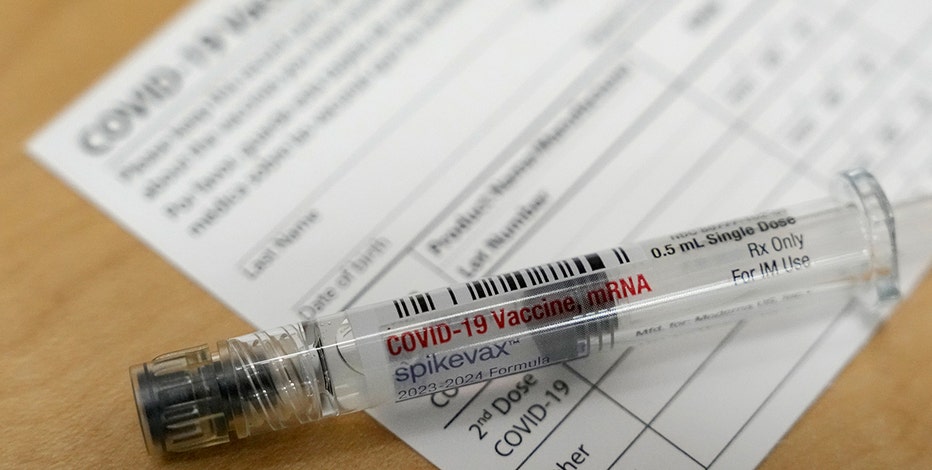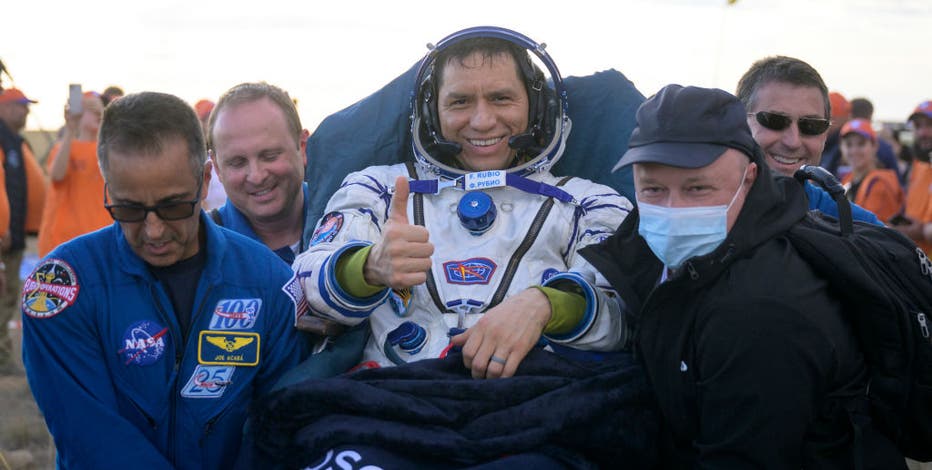NYU Langone's breakthrough: Ultrasound technology preserves brain health

NYU Langone Health medical breakthrough
Cutting-edge technology is allowing doctors to look inside the brain like never before. It's all happening at NYU Langone and doctors there said it's changing the lives of people at risk for strokes, catapulting the future of medicine and science into a whole new world. FOX 5 NY?s Jodi Goldberg.
MANHATTAN - A medical advancement is fixing the most complicated and mysterious part of the human body … the brain.
Stanley Wong survived a heart attack and a stroke. The 67-year-old says NYU Langone's Center for Stroke and Neurovascular Diseases in Manhattan saved his life.
"It's a new device that allows us to use ultrasound to image rather than having to put you through radiation and CT scan," Wong said. "They put two to three stents in my heart and because of the stroke they decided to check out the brain. They said the blood flow was restricted, so they did a bypass."
Dr. Erez Nossek performed a cranial bypass to improve blood flow to the brain and prevent future strokes.
"What we did was take a blood vessel from the scalp and connected it to a blood vessel in his brain creating a bypass," he said
The director of the cranial bypass program also implanted a translucent clearfit cover or plate that he says acts as a window to the brain.
This first-of-its-kind technology allows surgeons like Dr. Nossek to use ultrasound imaging to monitor blood flow in real-time and ultimately reduce the risk of another stroke.
This revolutionary procedure uses ultrasounds and can even be done using a cell phone. This technology that Dr. Nossek says is proven safe is an alternative when medicine doesn’t work and intervention is the only option.
But doctors don’t have to wait for an intervention to improve neurovascular care.
"By the time the patient is out of the CT scan and on a table in the emergency department ready for an emergency intervention, we can have this ready at the bedside to do what's needed to save a life," said in place to save a life," said Dr. Carter Suryadevara who is the Chief Resident of Cerebrovascular Services at NYU Langone.
Featured
Fall vaccinations against COVID, flu and RSV get underway: What to know
Fall vaccination season is in full swing, with health officials urging both an updated COVID-19 shot and flu vaccine for most everyone.
NYU Langone is also using augmented reality or AR to help reduce complications and improve patient care. State-of-the-art imaging transforms 2-D into 3-D holographic images for precision.
"Traditionally what we’ve relied on are landmarks that we measure at the bedside on top of the cranium - but with this technology what we're able to do is superimpose a patient’s imaging which is unique to every patient and look at real time where certain catheters would best be placed," Suryadevara said.
The tool is being studied for effectiveness in surgical navigation and more precise treatment in stroke and neurovascular disease.
"This can become critical during hemorrhagic stroke when patients frequently need emergency procedures at the bedside or prior to going to the operating room for definitive surgical management," Suryadevara said.
Catapulting medical science into the future.
Featured
NASA astronaut sets new US record with 371 days in space
A NASA astronaut now holds the record for the longest U.S. spaceflight after returning to Earth Wednesday, but the feat did not come voluntarily.
"The principles behind the technology were developed for neurosurgery in particular for cranial and spinal pathologies, but the principles in question are directly applicable to anywhere in the body," he said.
As for Stanley, doctors hope his success story is just one of many more medical breakthroughs that will give patients and their brain a little peace of mind.



